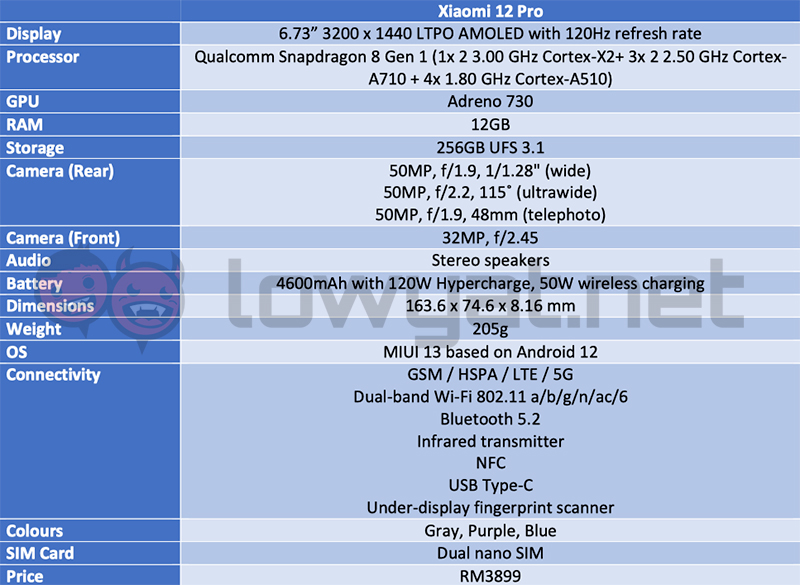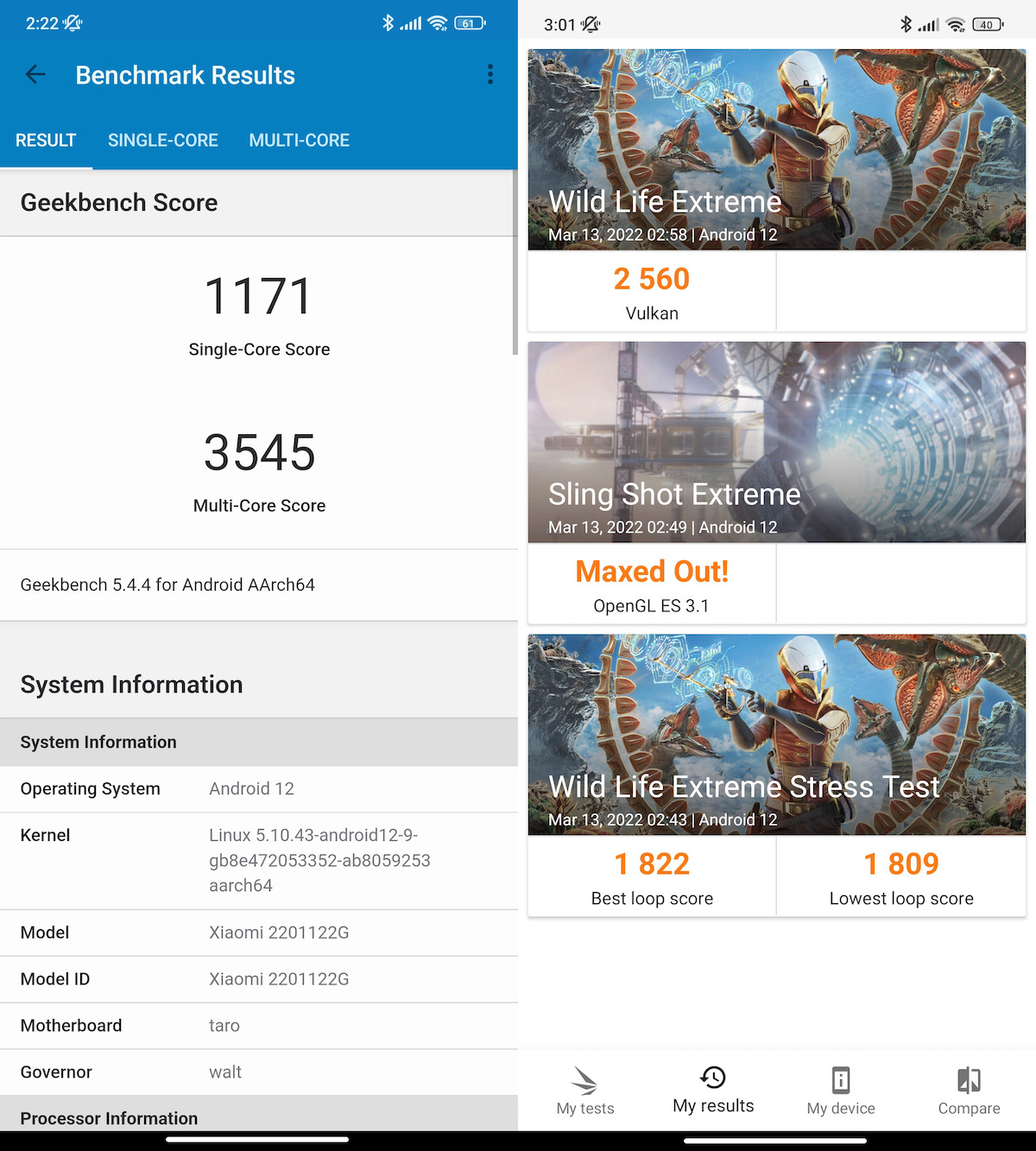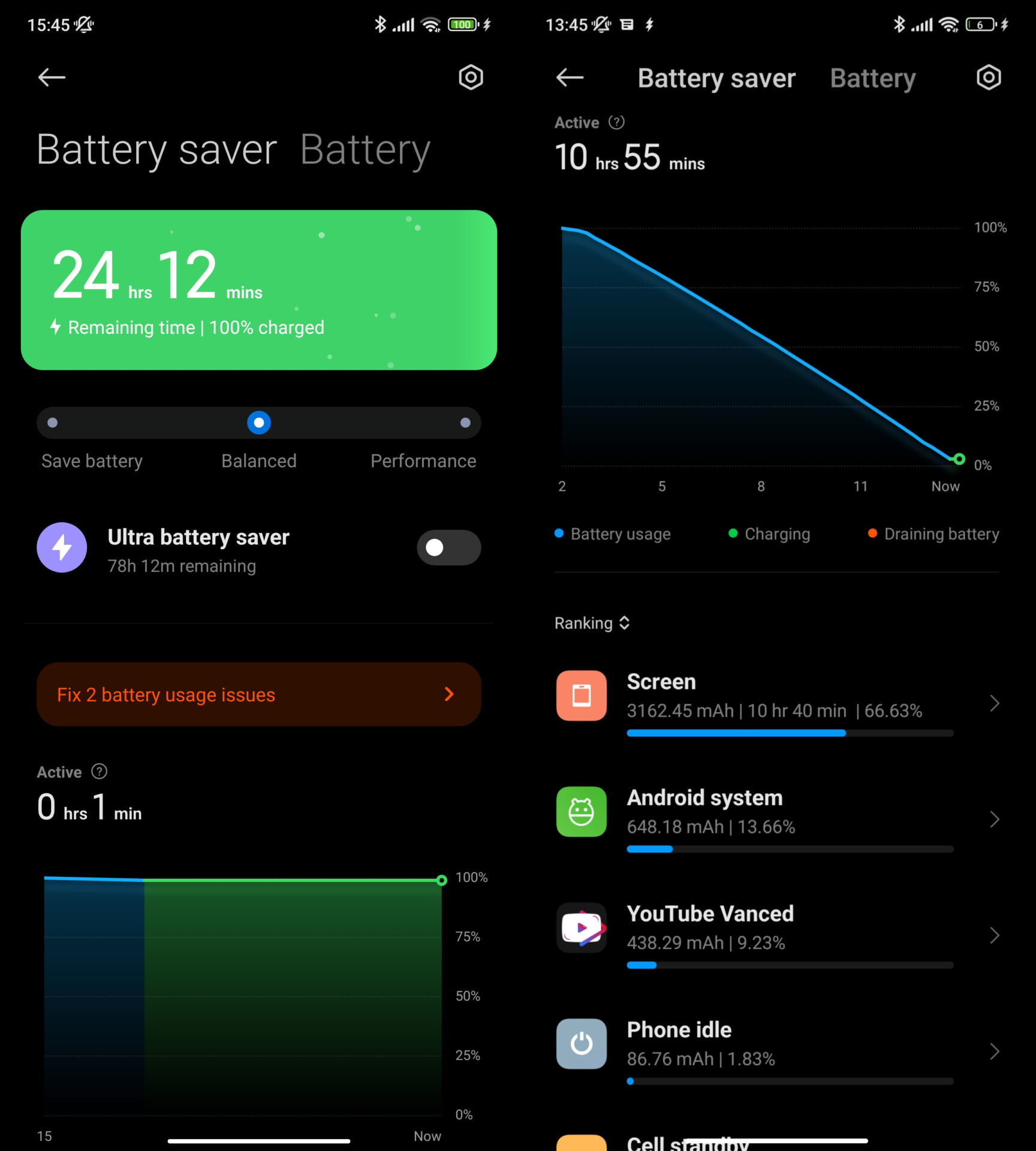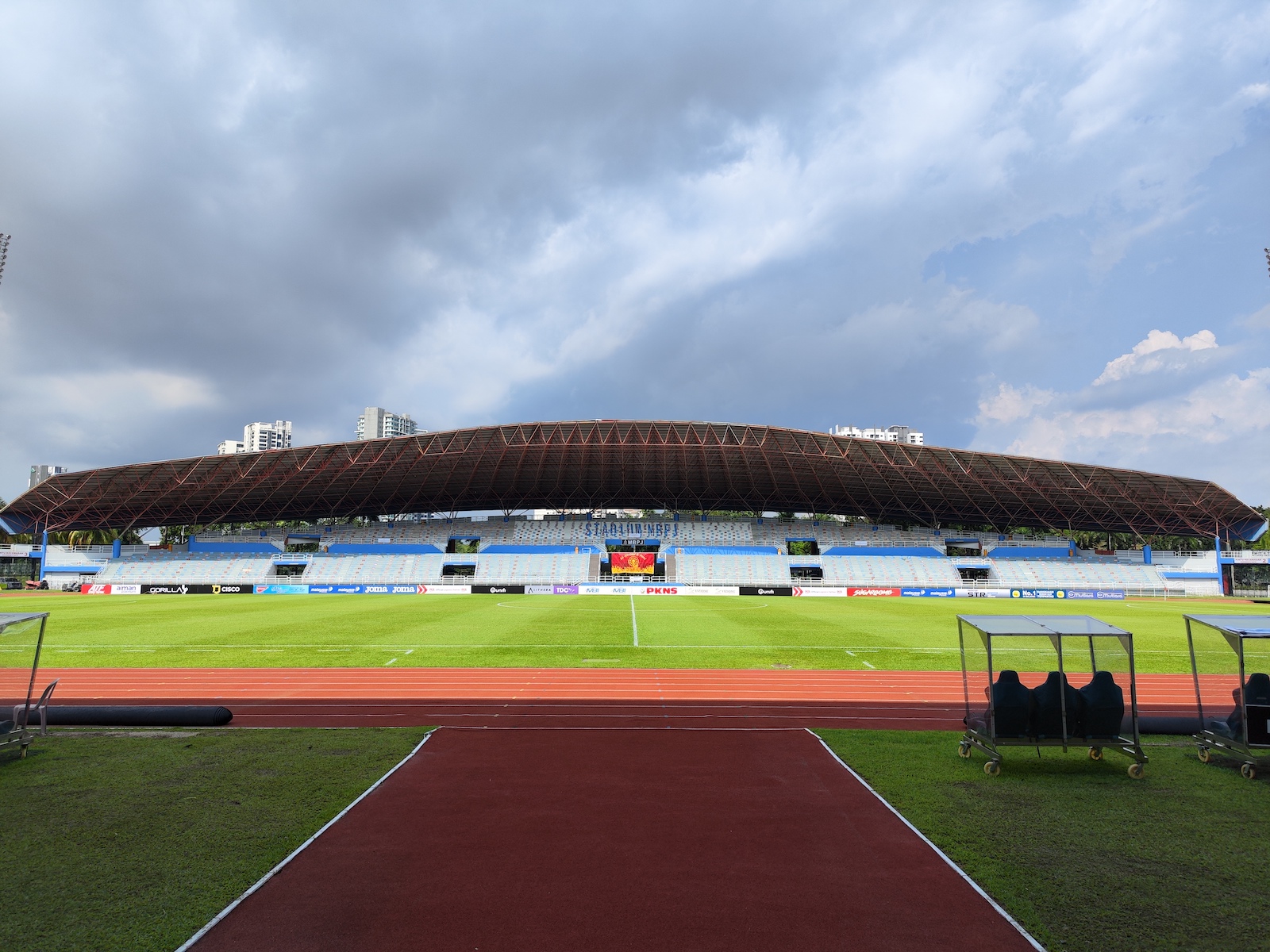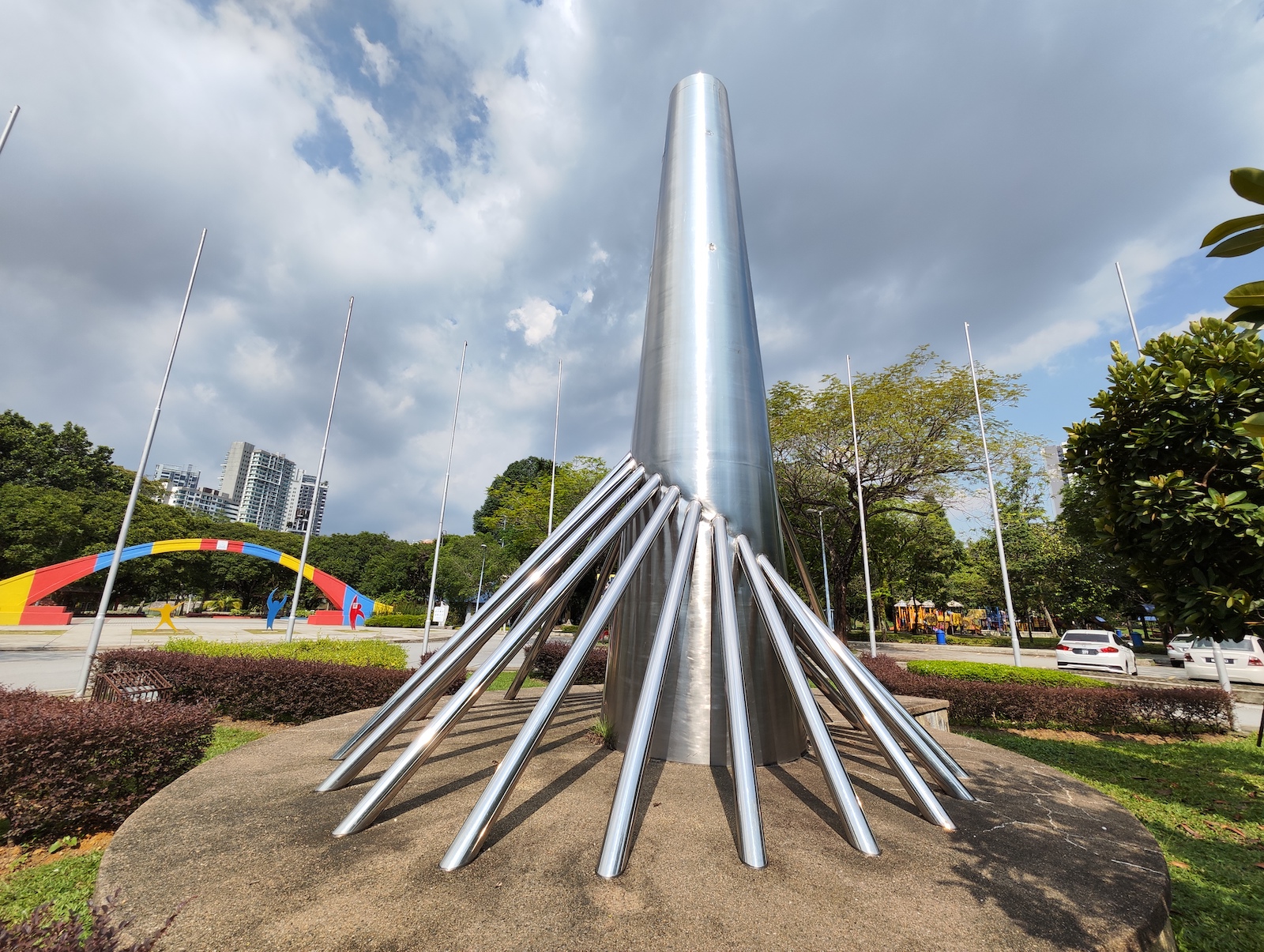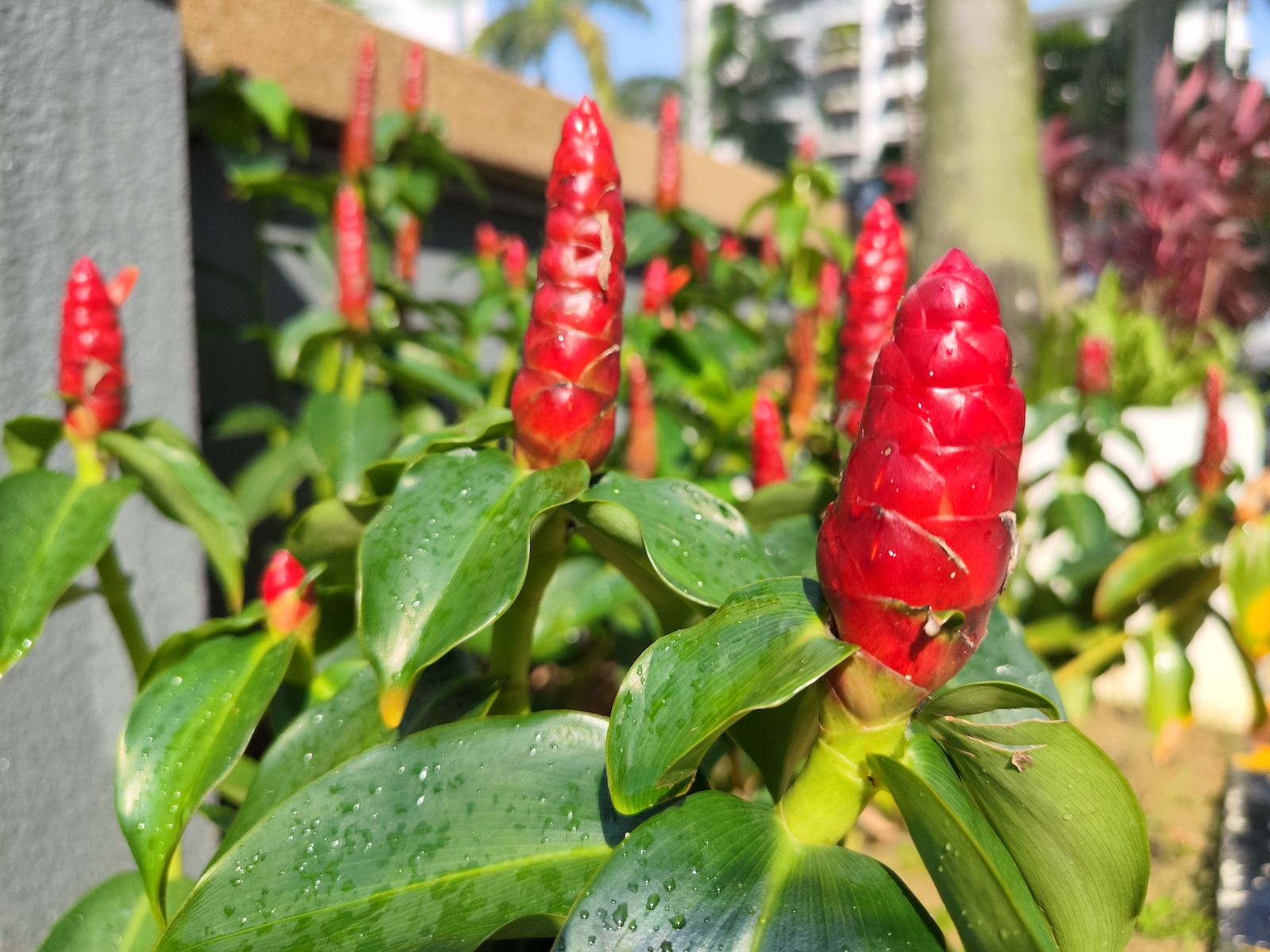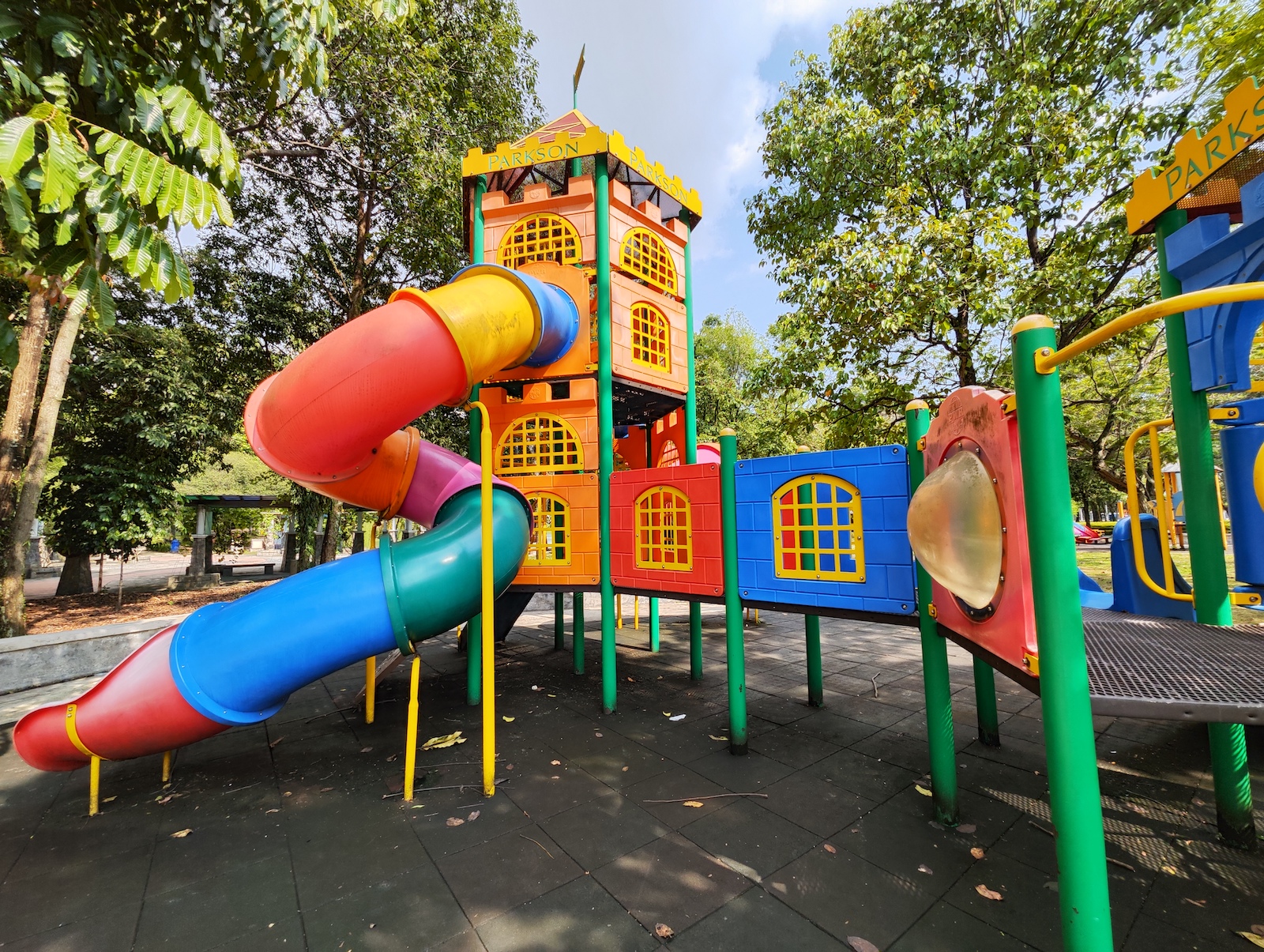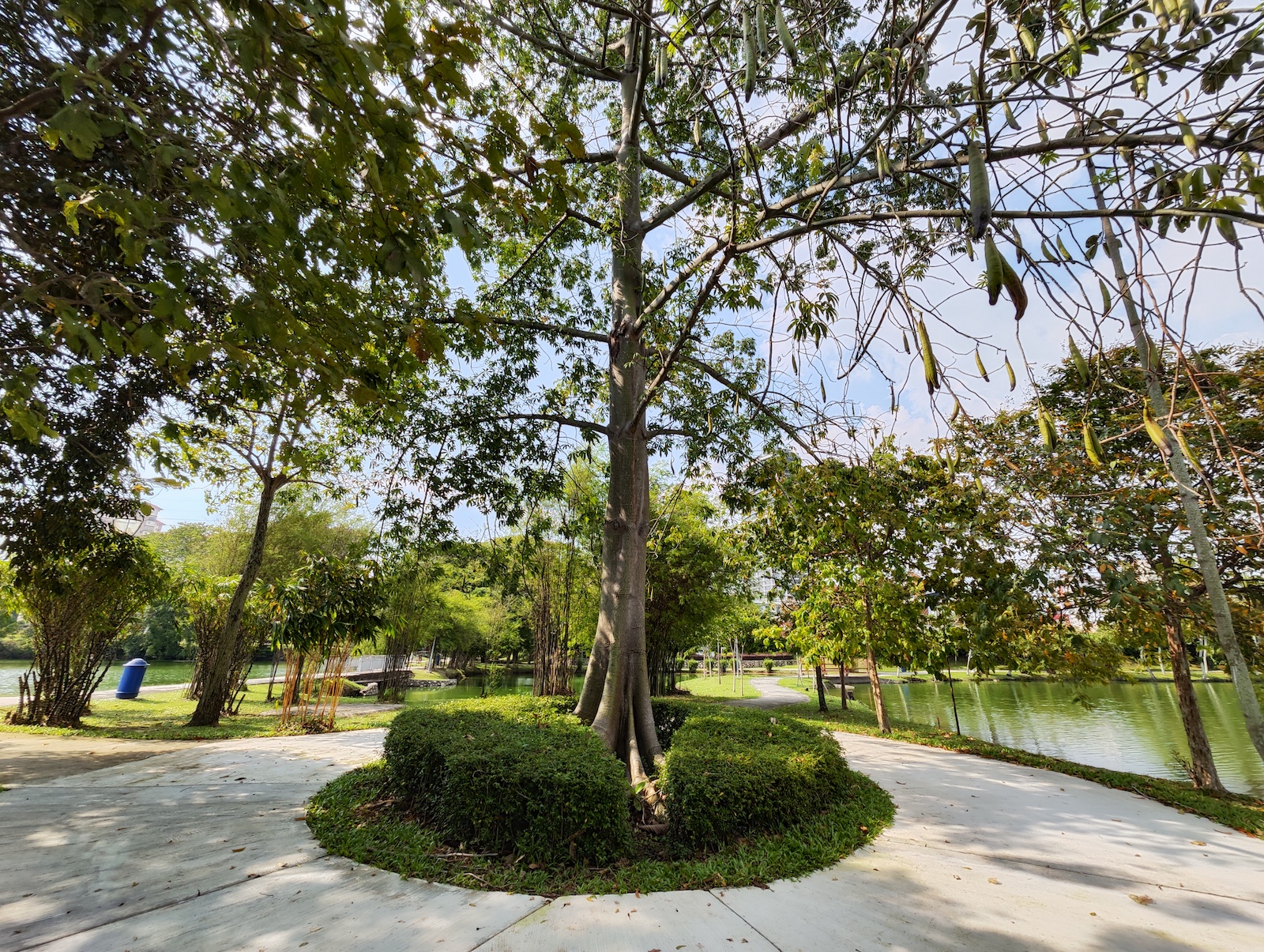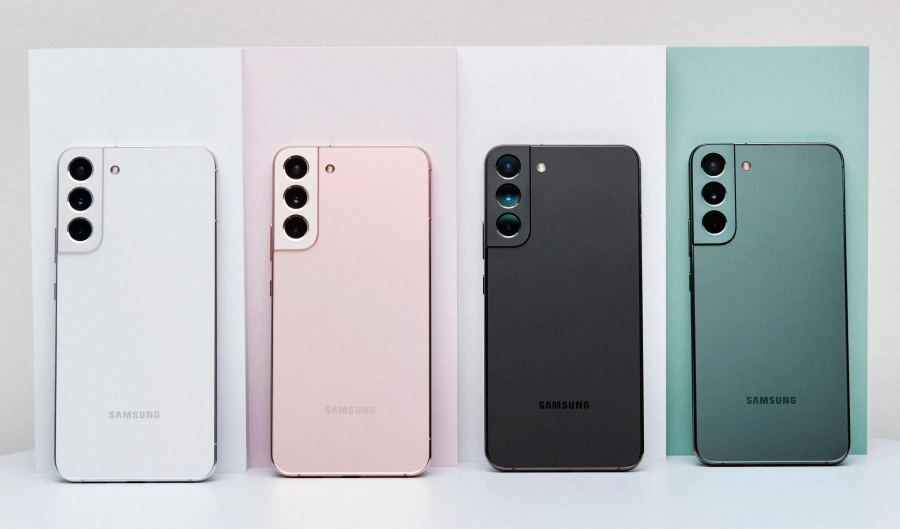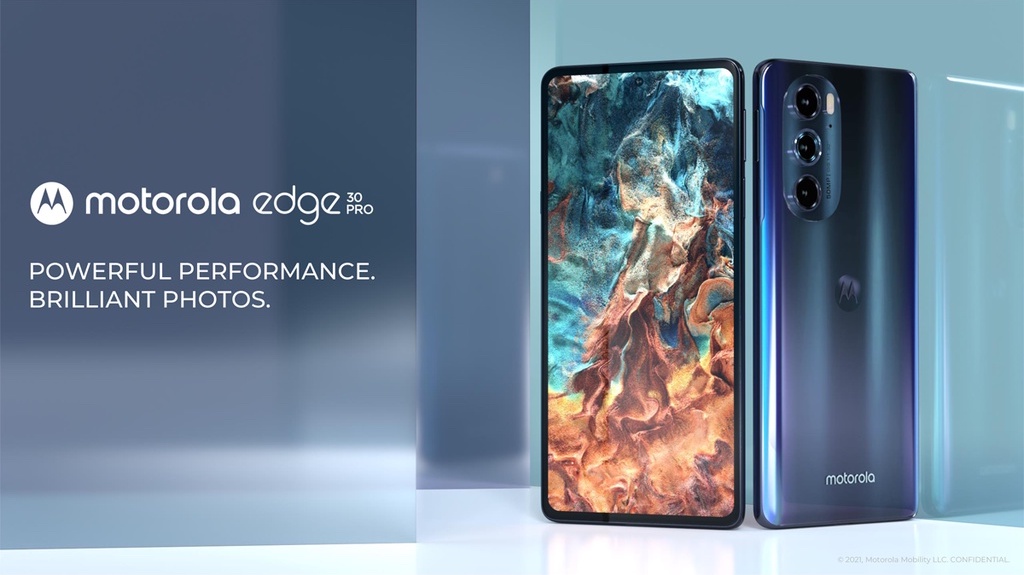While a direct successor to last year’s 11 Pro, Xiaomi also seems to have made some downgrades in certain areas of the 12 Pro, which I’ll get into. It shares many of the same specs as the vanilla Xiaomi 12 model, with the notable differences being in the display, cameras, and charging speed.
Specifications
As a 2022 flagship, the Xiaomi 12 Pro runs on Qualcomm’s most powerful chipset to date, the Snapdragon 8 Gen 1. It only comes in one configuration: 256GB of storage and 12GB of RAM, with the option to extend it by using 3GB of storage. While it’s actually smaller than last year’s model, the phone still sports a massive 6.73-inch display. It uses an LTPO AMOLED panel, which means it has an adaptive refresh rate that the phone actively adjusts to run at 120Hz, all the way down to 1Hz to save on battery life. If for some reason, you want to set a constant refresh rate instead, you can also do that, but at intervals of 60, 90, or 120Hz.
Design
The phone doesn’t have any gimmicky special design to speak of on the back; it opts for a clean matte finish with a subtle shine and has a very smooth, comfortable feel to it. I’m happy to report that it passed through my sweaty-fingerprint test with flying colours, staying smudge-free practically all the time. The edges of the phone are curved on both the back and front for an easier grip, though I would prefer a flat panel instead, such as the one used with the Redmi Note 11S, as the curved edges often result in accidental touches even with Xiaomi’s “ignore accidental touch” feature. The 32MP selfie camera can be found on the top of the display. Like most phones these days, it has a huge camera island, that in turn features a second level of elevation for the primary camera. Usually, this leads to major wobbling when using the phone on a table, but in this case, the bumps are so massive that the phone remains relatively stable as long as you avoid tapping on the top left corner. That being said, it gives me anxiety when putting the phone down face up with such exposure to the large lens.
Moving on, the left side of the phone is completely bare with both the volume rocker and home button positioned on the right side. Instead of a side-mounted one, Xiaomi opted to put the fingerprint scanner under the display, which works fine but is placed a bit too low for a phone this size. You’ll find the dual-SIM tray at the bottom along with the USB-C port and one of the speakers. At the top, there’s another speaker grille as well as an IR blaster. Unfortunately, the phone does not come with a 3.5mm headphone jack. Unlike the 11 Pro, it also lacks any dust or water resistance certification.
User Experience
The AMOLED display is absolutely gorgeous and buttery smooth. It gets bright enough to reasonably use under sunlight and is perfect to watch content on, with my only complaint being that the camera would be less intrusive if only it was placed in the top-left corner instead. The quad stereo speakers support Dolby Atmos and sound great even at high volume with independent tweeters and woofers. Of course, no smartphone speakers can beat a good pair of Bluetooth earbuds, which work well with the phone. If you still want to use wired headphones with the 12 Pro, be prepared to buy a USB-C to 3.5mm adapter, as it doesn’t come in the box. As you would expect from the Snapdragon 8 Gen 1, it absolutely crushes synthetic benchmarks and has similar performance to other recent flagships running the same processor. It does get warm after a few minutes of gaming and when I took it out on a sunny day, I am unwillingly made to play hot potato with it.
With an average-sized 4600mAh battery and a demanding CPU, the battery life on the Xiaomi 12 Pro is more than adequate but nothing to brag about. It regularly lasts the whole day but definitely doesn’t make it into two full days before needing a recharge. You can get a few more hours out of it by switching to 1080p instead of 1440p, which honestly doesn’t make a noticeable difference even at this size. It boasts a ludicrous charging speed of 120W with the included charger and claims that it can fully charge in just 18 minutes. In my testing, it actually takes around 22 minutes with boost charging enabled, which causes the phone to heat up to an uncomfortable temperature. Without boost charging, it takes about half an hour to charge from 1% to 100%, which is still wicked fast and more than enough in a pinch.
When put through a video loop test on 25% brightness at low volume, the phone lasted about 11 hours. Again, while it doesn’t have the greatest battery life, it makes up for it with other features such as 50W wireless charging — down from the 11 Pro’s 67W speed — and 10W reverse wireless charging to juice up your other devices.
Camera
The triple-camera setup on the rear of the 12 Pro features a 50MP main camera, 50MP ultrawide, and 50MP telephoto, while the front has a 32MP selfie camera. It’s quite rare to see secondary lenses use such large sensors that result in crisp ultrawide shots. The telephoto camera also produces good quality photos in general but disappointingly, it only has 2x optical zoom while last year’s phone had 5x optical zoom. Equipped with Sony’s large IMX707 sensor, Xiaomi claims that the main camera captures 120% more light than its previous flagship, with all three lenses supporting night mode. It definitely shows in night photography, as most shots end up bright and highly detailed despite it being relatively dark. In the daytime, the camera is snappy and takes sharp, colour-accurate photos. The camera app is also feature-packed with specific modes for practically any situation you may find yourself in.
Samples images
Competition
While it’s still early in the year, there are already several smartphones running on Qualcomm’s top-of-the-line chipset and some of them have made it to our shores.
Samsung Galaxy S22+
I would be remissed if I did not talk about flagship phones without mentioning Samsung. The recently-launched Galaxy S22 similarly runs on the Snapdragon 8 Gen 1 and has a 120Hz AMOLED display, but the panel lacks LTPO technology and is slightly smaller at 6.6-inches. The S22+ only comes with 8GB of RAM and a storage option of either 128GB or 256GB with no expandability. The Samsung flagship is equipped with IP68 water and dust resistance and it carries dual-SIM like the 12 Pro but the S22+ also supports eSIM. As for cameras, the rear has a 50MP main shooter, 12MP ultrawide, and a 10MP telephoto lens with 3x optical zoom while the front houses a 10MP sensor. It’s also powered by a slightly smaller 4500mAh battery with 45W wired charging, 15W wireless charging, and 4.5W reverse wireless charging.
Motorola Edge 30 Pro
The Motorola Edge 30 Pro is another Snapdragon 8 Gen 1 flagship but is priced significantly lower at RM2,699, which comes with 12GB of RAM and 256GB of non-expandable storage. It sports a 6.7-inch OLED display without LTPO and has a 144Hz refresh rate. The Edge 30 Pro has a triple-array camera setup on the back with a 50MP main camera, 50MP ultrawide, and a 2MP macro, but is missing a telephoto lens. Interestingly, the selfie camera has the highest megapixel count with a 60MP sensor. It also has a larger 4800mAh battery with 68W wired charging, 15W wireless charging, and 5W reverse wireless charging.
Conclusion
Admittedly, this was my first time using a high-end Android phone as my daily driver in recent years, and I’m happy to say that the Xiaomi 12 Pro did not disappoint. It’s an absolute beast with an amazing camera and breezes through any task or app I throw at it, despite the fact that it can quickly and noticeably heat up in a variety of situations. It can go toe-to-toe with the likes of Samsung while outpricing it and the lightning-speed charging is a huge convenience, to say the least. The 12 Pro is a great choice for those looking for a flagship smartphone, though you could save yourself some money and go for the regular Xiaomi 12 model if you want a smaller version that’s easier to handle with one hand.
